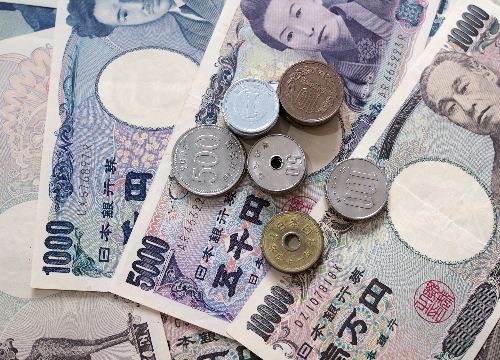- Bitcoin Poised For ‘Boring’ 2025 Close – Here’s When BTC’s Real Test Will Come
- TradingKey 2025 Markets Recap & Outlook | Global Central Banks 2025 Recap and 2026 Outlook: Navigating Post-Easing Recovery and Diverging Paths
- Gold Price Hits New High: Has Bitcoin Fully Declined?
- Gold jumps above $4,440 as geopolitical flare, Fed cut bets mount
- Breaking: Gold rises to record high above $4,500 on safe-haven flows
- US Q3 GDP Released, Will US Stocks See a "Santa Claus Rally"?【The week ahead】

Insights – The Bank of Japan (BOJ) may raise its benchmark interest rate in December, marking its third hike within a year—a first since the 1989 asset bubble era.
In a recent interview, BOJ Governor Kazuo Ueda stated that the timing for the next rate hike is "approaching," driving the yen higher as USD/JPY briefly fell below 150 on December 2. Japan's 2-year government bond yield also rose to 0.625%, the highest since 2008.
Market expectations for a December hike have climbed to 61%, doubling from a month ago. If implemented, this would follow rate hikes in March and July, marking another major policy shift.
Source: TradingView; USD/JPY
Ueda’s use of "approaching" suggests imminent action but leaves room for a hike in either December or January. Some economists believe political factors, including challenges faced by Prime Minister Shigeru Ishiba after his coalition lost its majority, could delay the decision until January. BNP Paribas analysts noted that political instability could lead the BOJ to wait.
Meanwhile, Naomi Muguruma, a BOJ observer, argued that Ueda’s participation in a rare media interview likely signals a December hike. She suggested that if the BOJ were considering a January hike, such a signal would be unnecessary at this time.
Okasan Securities’ Chief Economist Ko Nakayama also expects a December hike, warning that if the Fed adjusts rates and the BOJ does not, it could weaken the yen and disrupt markets.
Both the BOJ and the Federal Reserve are set to announce rate decisions on December 19. Traders currently estimate a 67% likelihood of a Fed rate cut in December, raising the stakes for the BOJ’s decision.
Read more
* The content presented above, whether from a third party or not, is considered as general advice only. This article should not be construed as containing investment advice, investment recommendations, an offer of or solicitation for any transactions in financial instruments.

